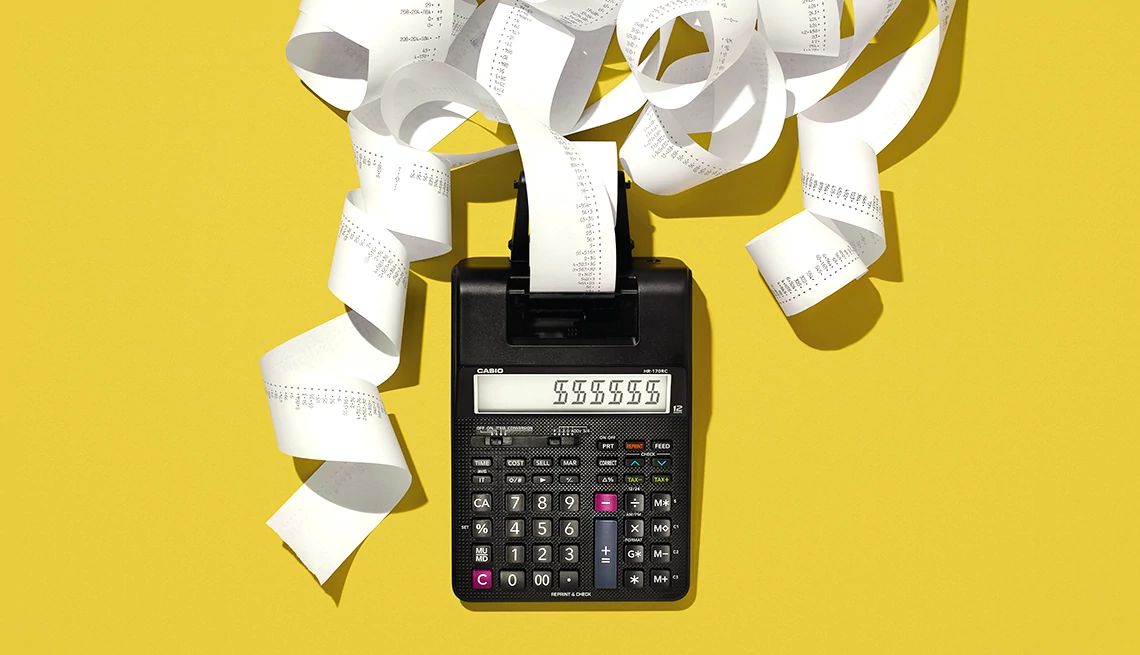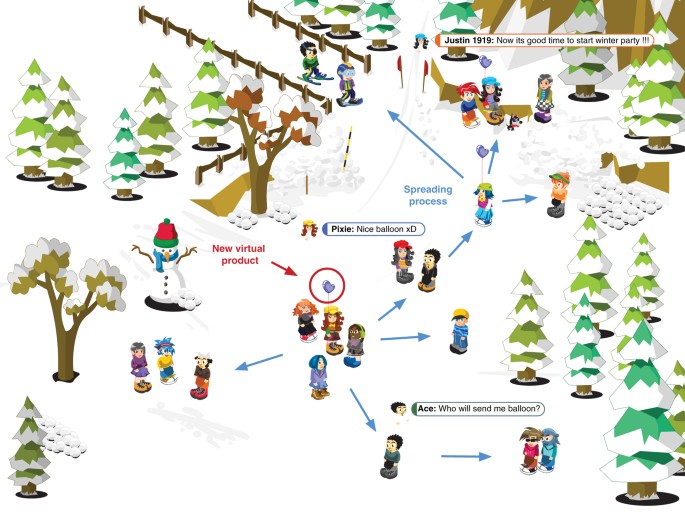
- Select a language for the TTS:
- UK English Female
- UK English Male
- US English Female
- US English Male
- Australian Female
- Australian Male
- Language selected: (auto detect) - EN
Play all audios:
The standard deduction gets even better if you’re 65 or older. Each joint filer 65 and older can increase their standard deduction by $1,550, for a total of $3,100, if both joint filers are
65-plus. In total, a married couple would have a standard deduction of $32,300 if they are both 65 or older. Single filers 65 or older get an extra $1,950 standard deduction, for a total
deduction of $16,550. 5. NOT EVERYONE HAS TO FILE A TAX RETURN Tax season will really be easy if you don’t have to file a federal income tax return. In most cases, you don’t have to submit
a return if your gross income is less than your standard deduction (and, remember, your standard deduction is higher if you’re at least 65 years old). “Gross income” generally includes all
income you received during the tax year in the form of money, goods, property and services that isn't exempt from tax. As a result, only the taxable portion of your Social Security
benefits (if any) is included in your gross income for this purpose — the exempt part doesn’t count. There are still some situations where you’ll have to file a tax return even if your
gross income is less than your standard deduction. For instance, you have to file a return if you owe certain “special taxes,” such as the alternative minimum tax or employment taxes for a
household employee (e.g., a nanny or maid). Other times when you must file a return regardless of your income include: * You (or your spouse if filing jointly) received money from a health
savings account (HSA). * You had net earnings from self-employment of at least $400. * Advance payments of the premium tax credit were made for you, your spouse, or a dependent with health
insurance coverage through the Marketplace. * You purchased an electric vehicle and the amount you paid was reduced by transferring the EV tax credit to the dealer. If you’re not required to
file a return, you still might want to send one in if you can claim a refundable credit, such as the earned income credit, additional child tax credit, American opportunity credit or
premium tax credit. You could end up with a tax refund for your efforts. 6. YOU CAN DEDUCT SOME ITEMS WITHOUT ITEMIZING When filing your tax return, you can claim either the standard
deduction or the total of your itemized deductions, but you can’t do both. Pick the larger of the two. If you claim the standard deduction, you’ll miss out on deductions for medical
expenses, state and local taxes, gifts to charity, and all the other itemized deductions found on Schedule A. However, you can still take some deductions without itemizing. These deductions
(known to the cognoscenti as “adjustments to income”) include, among other things, write-offs for: * Unreimbursed expenses for teachers * Business expenses of reservists, performing artists
and fee-based government officials * Contributions to an HSA * Moving expenses for members of the military * 50 percent of self-employment tax * Contributions to SEP, SIMPLE and
qualified retirement plans for self-employed people * Health insurance premiums for self-employed people * Penalties on early withdrawal of retirement savings * Alimony payments (for
divorce agreements dated before Jan. 1, 2019) * Contributions to a traditional IRA * Student loan interest 7. FILE ELECTRONICALLY TO GET YOUR TAX REFUND FASTER The IRS says it usually
takes less than three weeks to get your refund if you file electronically and sign up for direct deposit. But you’ll have to wait at least four weeks for the IRS to process your refund if
you file a paper tax return. And if your return requires corrections, you might have to wait longer.







